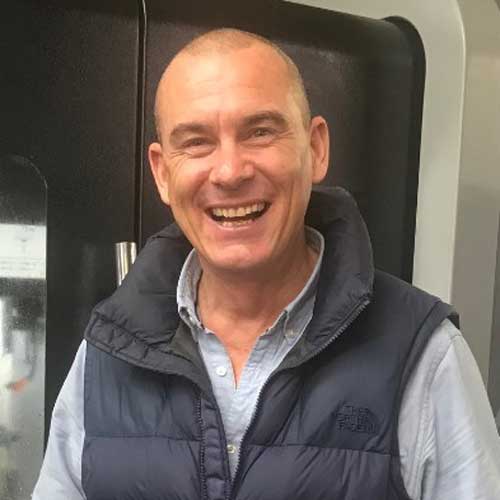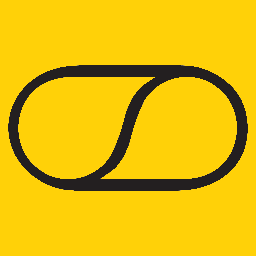Why SLS matters in UK product development
Selective Laser Sintering (SLS) fuses powdered polymer layer-by-layer with a laser, creating dense nylon parts without support structures. For engineers in the UK, SLS 3D printing UK stands out because it blends design freedom, functional strength, and production-like reliability. Parts emerge from a self-supporting powder bed, so overhangs, internal channels and nested assemblies are fair game. That means faster iteration, fewer design compromises, and credible functional testing from week one.
Attwood PD advantage: As your one-stop prototyping and production partner, we deliver rapid prototypes and low to high volume production in plastic and metal, pairing SLS with CNC machining, SLA, FDM, MJF, urethane casting and injection moulding. One brief, one accountable partner.
SLS in one minute: the process
- Prepare: CAD is checked and oriented for strength, surface quality, and packing density.
- Build: A laser sinters each layer of nylon powder; parts are supported by unsintered powder.
- Cool & depowder: Parts stabilise, then are bead-blasted clean.
- Finish: Dye, media tumble, or vapour smooth to meet aesthetic, sealing, or hygiene goals.
- Validate: Dimensional checks and functional tests unlock the next design loop or production order.
What SLS does better (and when to choose something else)
Core benefits
- No support structures → Complex, consolidated geometries; cleaner surfaces; less post-processing.
- Functional nylon → Durable, fatigue-resistant parts suitable for fixtures, clips, housings and ducting.
- Consistent properties → Good isotropy compared with filament methods; reliable for fit, snap, and load-bearing features.
- Batch-friendly → Nesting many parts in one build cuts unit cost and speeds small-batch delivery.
Common trade-offs
- Surface: As-printed surfaces are matte and slightly grainy; choose vapour smoothing for sealed, glossy finishes.
- Ultra-fine cosmetics: SLA may win for show-model gloss; SLS wins for use-in-the-field ruggedness.
SLS vs FDM vs SLA vs MJF (at a glance)
| Criterion | SLS (Nylon) | FDM (Filament) | SLA (Resin) | MJF (Nylon)** |
|---|---|---|---|---|
| Supports | None (powder bed) | Required | Required | None (powder bed) |
| Strength/Use | Functional, robust | Varies by filament; anisotropic | Brittle to engineering-grade resins | Functional, robust |
| Detail & Text | High; 0.5–0.6 mm text legible | Moderate | Very high (crisp) | High |
| Surface | Fine, matte, slightly grainy | Layered/striated | Smooth, near-moulded | Fine, uniform |
| Best For | Complex, end-use nylon parts | Low-cost drafts, large parts | Cosmetic prototypes, micro-detail | Production-like batches |
| Batch Economics | Excellent via nesting | Fair | Fair | Excellent via packing |
| Typical Switch Path | Bridge to low-volume production | Early concept models | Show models & masters | Bridge to low-volume production |
Note: SLS and MJF are both powder-bed nylon processes; selection often comes down to finish preference, colour, and specific material grades.
Materials that move projects forward
| Material | Key Traits | Typical Uses |
|---|---|---|
| PA12 (Nylon 12) | Balanced strength, stiffness, low water uptake | Enclosures, brackets, clip-fits, jigs |
| PA11 (Nylon 11) | Tougher & more ductile; good impact | Latches, living features, snap-fits requiring flex |
| Glass- or Mineral-Filled PA12 | Higher stiffness & heat deflection | Structural brackets, housings, jigs |
| Carbon-Filled PA12 | Lightweight, stiff; improved aesthetics | Drone parts, arms, mounts |
| TPU (Elastomer) | Flexible, shock-absorbing, seal-friendly | Gaskets, bellows, grips |
Attwood PD will recommend the best-fit polymer based on load case, environment, and finish requirements.
Design for SLS: practical rules of thumb
- Wall thickness: 1.0–1.5 mm for general walls; increase to 2.0–3.0 mm for large spans or load-bearing features.
- Holes & slots: Start at 1.0–1.5 mm; test-fit critical bores (ream after print if necessary).
- Embossed/debossed features: 0.5–0.6 mm height/depth; 0.8–1.0 mm stroke width for crisp text.
- Powder escape: Provide 2 escape holes > 6–10 mm on hollow parts to reduce cost and improve cleaning.
- Tolerances: Plan around ±0.3 mm or ±0.3% (whichever is larger) for most features; post-machine high-precision faces.
- Uniformity: Keep walls consistent to control heat build-up and warpage; add lightening ribs instead of thick blocks.
- Nesting for savings: Split assemblies into stackable elements or orient to pack tightly; more parts per build = lower unit cost.
Tip: For bearing seats, threads, and precision keys, print undersize and finish with CNC for repeatable fits.
Finishing pathways
- Bead blasting: Clean, even matte surface; standard for functional parts.
- Dyeing: Colour-coding or brand alignment; deep blacks and dark hues cover uniformly.
- Media tumbling: Softer edges and enhanced feel for handheld parts.
- Vapour smoothing: Seals surface, improves gloss, and enhances cleanability and liquid resistance.
- Post-machining: Tight bores, threads, datum faces for assembly-critical interfaces.
Where SLS excels: common use cases
- Rugged enclosures & ducting: Heat- and wear-tolerant housings, HVAC or sensor ductwork.
- Snap-fits & mechanisms: Repeatable flex features for clips, doors, and service panels (PA11 preferred for ductility).
- Jigs, fixtures & robot end-effectors: Light, stiff, tailored to task; consolidated with internal cable paths.
- Bridge & low-volume production: Pilot runs, spares, and custom SKUs without tooling.
Cost levers you can control
- Part count & consolidation: Combine brackets, clips, and covers into one SLS part where possible.
- Packing density: Design to nest efficiently; avoid tall Z if a sideways orientation works.
- Feature pragmatism: Print-to-size where fine is fine; machine only what must be exact.
- Finish only where needed: Limit premium finishes to customer-facing surfaces.
Prototype today, scale tomorrow: Attwood PD\u2019s integrated route
Launching a new product in the UK demands a partner who can prototype fast and scale sensibly. With SLS 3D printing UK, Attwood PD proves function quickly, then guides you to the right next step:
- Concept & feasibility: Early SLS parts validate form, fit, airflow, and mechanism.
- Design for manufacture: Our engineers refine features for printability, assembly, and service life.
- Bridge production: SLS batches, urethane castings, or machined plastics cover pilot demand.
- Scale-up: When volume or cost targets dictate, we move you to injection moulding with production tooling \u2013 all under one roof of accountability.
Call to action: Ready to move from idea to dependable hardware? Book a consult with Attwood PD and get an actionable plan within your budget and timeline.
FAQs (quick answers for featured snippets)
Is SLS strong enough for end-use parts?
Yes. Nylon SLS parts are durable and dimensionally stable, ideal for clips, housings, fixtures and brackets; high-precision or high-wear features can be post-machined.
What tolerance can I expect?
Plan around ±0.3 mm or ±0.3% as a design guide; specify critical dimensions for secondary machining.
How does SLS compare to SLA for prototypes?
SLA offers ultra-smooth cosmetics; SLS delivers tougher nylon parts without supports, better for functional rigs and field use.
Can I get coloured or sealed parts?
Yes. We offer dyeing and vapour smoothing for brand colours, gloss, and enhanced cleanability/sealing.
When should I move to injection moulding?
Switch when volumes justify tooling cost or you need specific resins/finishes at scale. We\u2019ll help you quantify that breakpoint.


